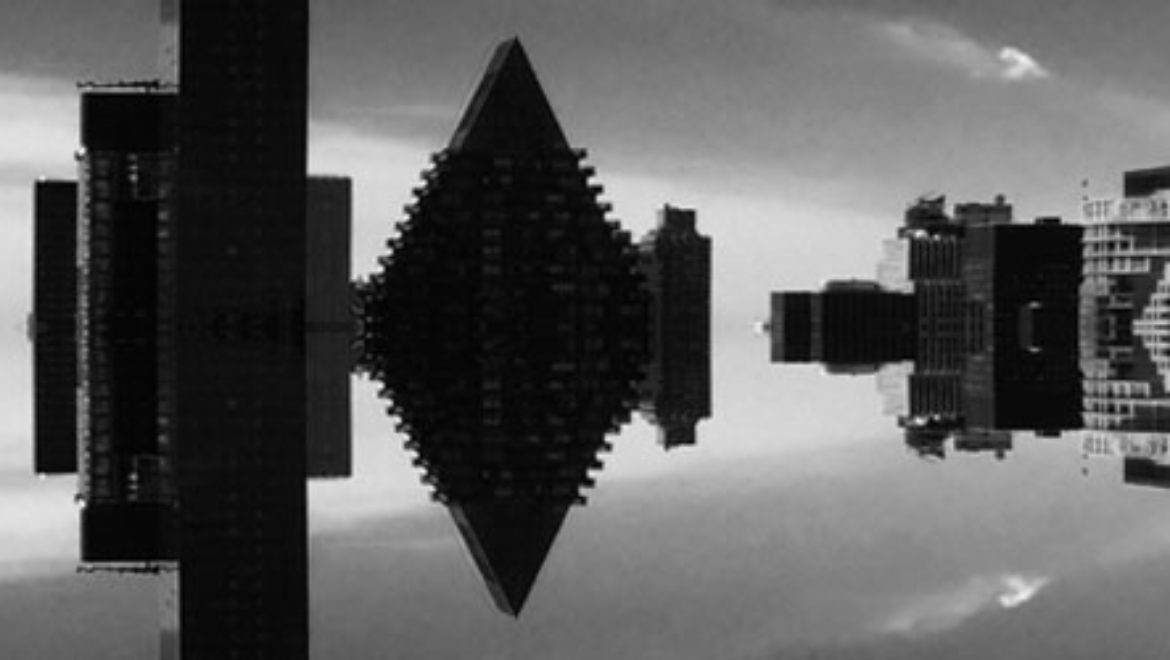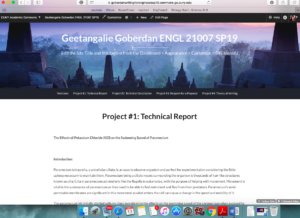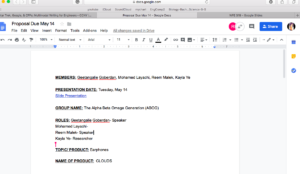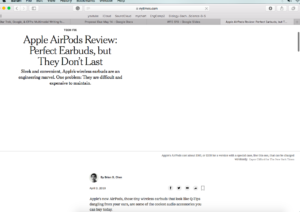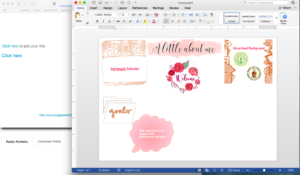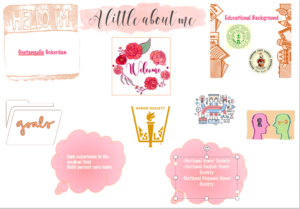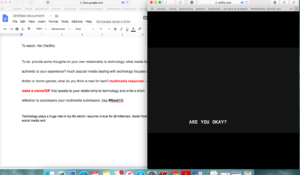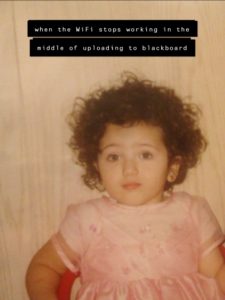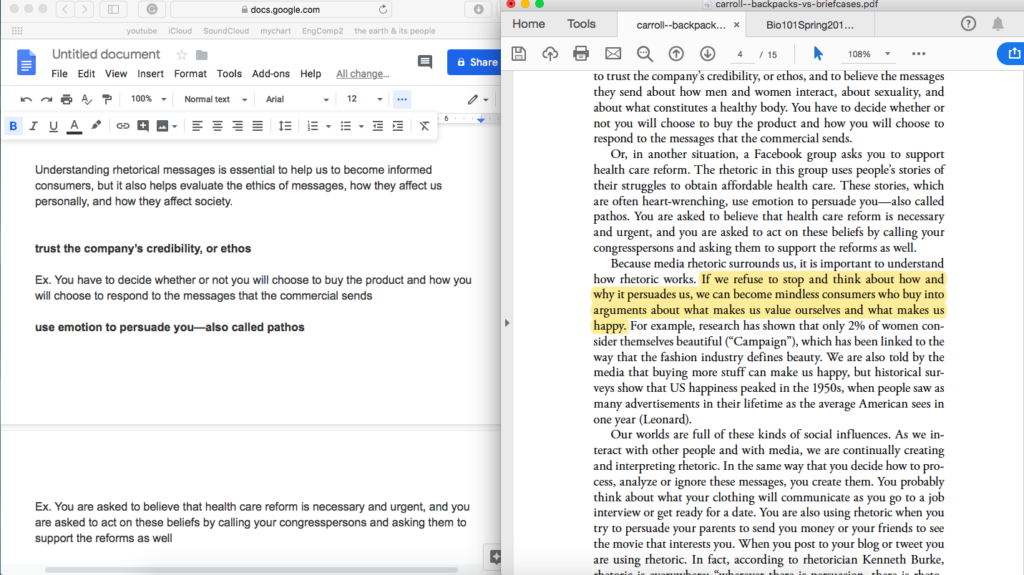Geetangalie’s Self Reflection #2
In composing this descriptive essay, it took me several tries. I had difficulties in choosing a fictitious artifact that had enough substance to write about. I initially thought I would describe the Lazarus Pit from the CW show Arrow but I found myself running out of things to describe about it pretty quickly since specifics of size, composition and other details needed for a descriptive essay were unavailable. In the end, I chose to write about the Handy Dandy Notebook as seen in the Nick Jr.’s television series Blue’s Clues. In my opinion, I did well at including images to explain what I had described in my essay. I made sure to add not only regular images but also gifs to capture the reader’s attention. I believed since I was writing about a children’s television show I could keep my images light-hearted as such. So, not only do my images portray what I had described but also does it in an entertaining way.
Since my artifact was not very “technical” as it was not comprised of as many components internally as say an electronic artifact would, my downfall in this assignment would be not having enough to write on. I did try my best to explain all the parts to the Handy Dandy Notebook, which mostly had to do with its physicalities. Therefore, I believe I deserve an A for this project since although I did write sufficient enough detail and included images to support my writing, I might lose points for the specific artifact I chose.
